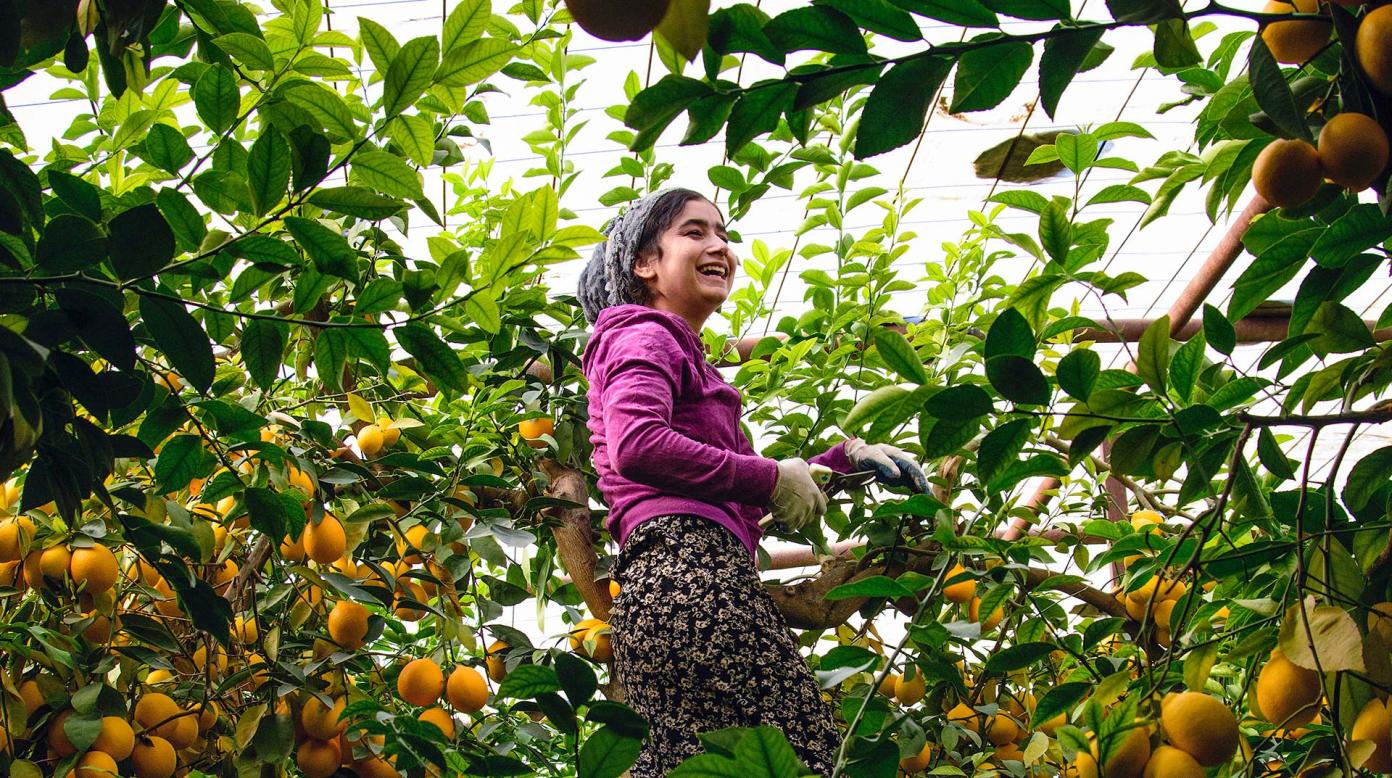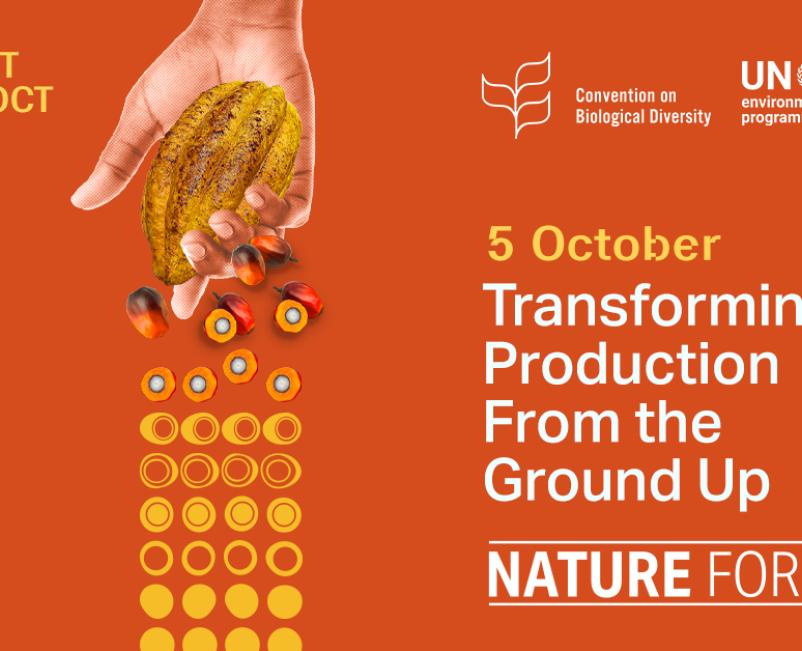We’ve long known that our food systems are broken – that they threaten the health of both people and the planet. Not only have unsustainable agricultural practices been degrading soils for decades, but the expansion of agriculture is also the primary driver in 80 percent of native habitat loss globally.
Current agricultural and food systems also drive inequality and hunger. While we have a sufficient global food production to feed the world, 10 percent of the world’s population go hungry due to unequal distribution and access to food. The situation is not set to get better: the global food demand is expected to increase by 50 percent by 2050 with negative impact on land and soil degradation.
Food production also accounts for a quarter of the globe’s greenhouse gas emissions. The IPCC has warned that climate change is already affecting food security and that any warming beyond 1.5°C above preindustrial averages will have increasingly severe impacts on food systems.
The good news is that with more than half of Earth’s habitable lands currently used for agricultural production, we have the ability to turn this challenge into our greatest opportunity to address our planetary crises.
Transitioning back to nature-positive production practices will allow producers to increase food supplies while generating long-term returns for themselves and the planet. The solutions are within our reach, but we need a paradigm shift, driven by five key transformations.
1. Diversify plant species to enhance resilience
We have greatly reduced the genetic and crop varieties that are the basis of our food systems : of the 6,000 plant species humans have eaten over time, the world now mostly eats just nine, of which just three provide 50 percent of all calories – rice, wheat and maize. The danger of depending on a narrow selection of uniform crops is that they become vulnerable to diseases, pests and climate extremes. We urgently need to repopulate our agricultural landscapes with diverse and native crop species to foster agricultural biodiversity, healthier soils, better diets, and climate resilience.
2. Change agricultural practices for multiple benefits
Agroecology, regenerative agriculture, agroforestry, and agrobiodiversity provide the solutions we need to place nature back at the centre of our food systems. Those concepts are nothing new. In fact, indigenous peoples and local communities (IPLCs) have been putting them into practice for millennia. The end-goal of implementing agroecological practices is to reach an outcome-based regenerative agriculture – to help people and nature thrive.
3. Recognize, maintain and scale up traditional and indigenous food systems
Regenerative and resilient food systems are essential pillars of indigenous peoples’ livelihoods, traditions and identity. By recognizing and empowering smallholders, rural communities and indigenous peoples, we can build the foundation to achieve a durable transition to regenerative agriculture.
4. Invest in communities for sustainable supply chains
Investments should be designed to place communities at the centre of corporate supply chains. Companies have a responsibility to generate a positive impact on the communities with whom they do business. Businesses can affect meaningful change by building strong partnerships with community farmers and by ensuring fair trade and benefits sharing with local producers.
5. Take deforestation and conversion out of supply chains
Maintaining what remains of the intact forests and natural habitats is paramount to prevent us from reaching tipping points on climate change and biodiversity loss. We must eliminate deforestation and conversion from supply chains, especially targeting the key drivers: beef, soy, palm oil. The increasingly powerful and affordable geospatial technology promises to enable better tracking of deforestation and conversion along supply chains. Investors, buyers, traders and government also have an essential role to play in shifting investments and trade, repurposing agricultural subsidies and creating enabling environments to foster sustainable supply chains.

 Locations
Locations
